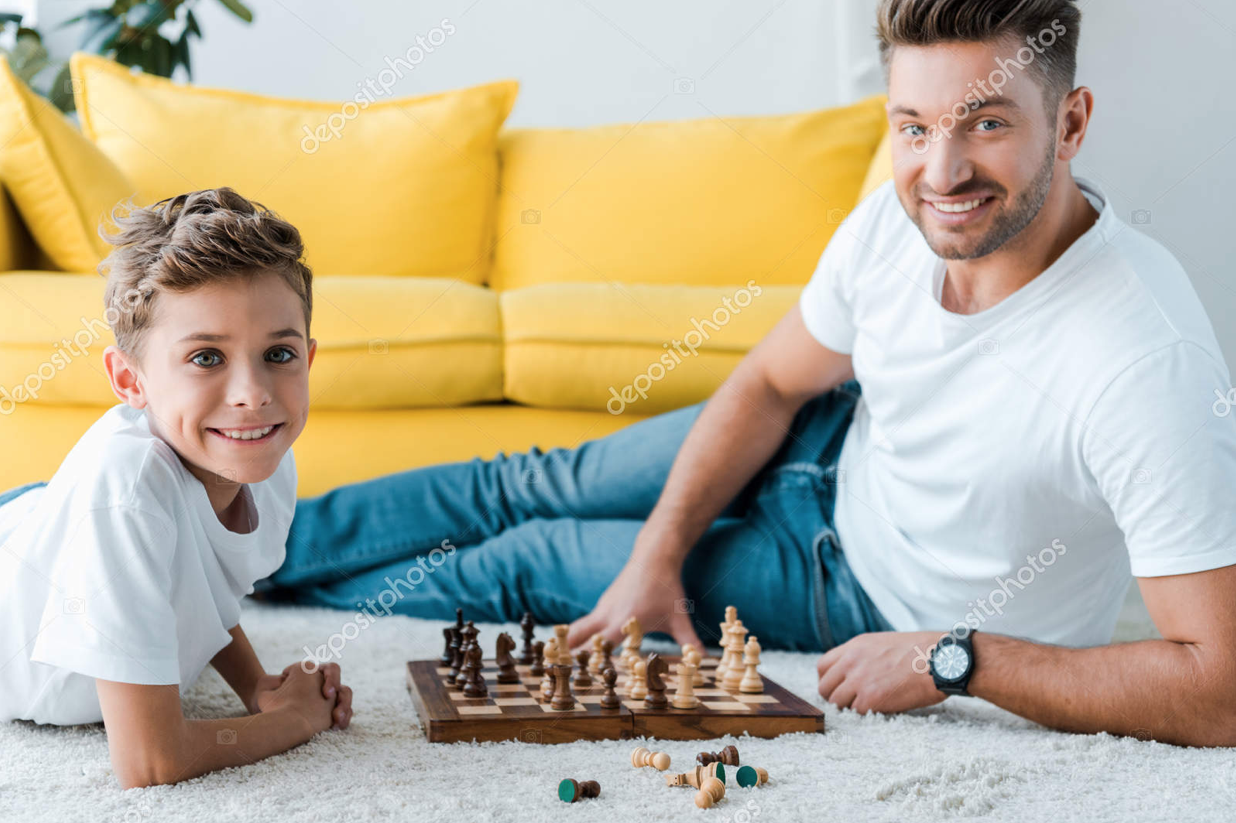
How to encourage, foster and stimulate critical thinking skills in kids, including using games, sample questions and exercises. Consequences of not thinking critically
What skills will be most valuable for your children in the future? Most people would say conflict resolution or teamwork. But according to psychologists, developing critical thinking skills in children is just as important. Every year, global changes affect our lives and people must constantly adapt to new realities. That’s why children need more than just memorizing facts. The minds of modern schoolchildren must be flexible. By learning to think outside the box, children can compare, analyze, and process information. Critical thinking enables them to draw conclusions and acquire new skills.Weighing options, searching and analyzing, evaluating and doubting—these are not usually taught as school subjects. In school, it’s often about following instructions to keep everyone happy. That’s why developing critical thinking in your child becomes a parental responsibility. There’s no perfect method for teaching critical thinking, but parents can guide their child’s thought process in the right direction. This means using open-ended questions and encouraging experimentation. The best way to learn is to explore and investigate. A child will never understand how something works if they don’t take a closer look themselves. The following approaches will help you lay the foundation for critical thinking.
How can you encourage and develop critical thinking in your child? First of all:
- Model your own critical thinking skills—including how to respond to disagreements, doubts, and skepticism.
- Ask children to continue a phrase you haven't finished; let them connect two events and predict possible positive or negative outcomes.
- Admit when you’re confused, express appreciation for deep questions, and look forward to the next one.
- Give time to think and form ideas; ask for detailed and thoughtful answers, discourage simple “yes” or “no” responses, and motivate further development of thoughts: “Is this viewpoint always true?”, “What might have happened in the past in similar situations?”
- Encourage group discussions: There are often more opinions than participants; be patient—winning isn’t about knowing the most or being the most logical. Vigorous debates may lead to conflict and require compromise, not blame.
- Encourage analyzing the actions of famous people, scientists’ conclusions, or classic models.
- Promote creativity through music, drawing, crafts, writing… even building a personal computer.
- Let your child play the role of literary characters: For example, how would “Moby Dick” end if it took place today?
- Ask your child to evaluate the accuracy of information: Whether it’s advertising, political or economic data—does it match their understanding and reality?
- Play—what’s better than games? Try chess, puzzles, or create crosswords (with new words or specific topics).
Advice:
Take our unique Parenting Mentor Test to better understand your own and your child’s feelings—our results will give you recommendations for fostering independent thought, so your child can not only absorb information but also form their own opinions and make balanced, smart choices.
If you want your child to learn critical thinking, set aside questions with obvious answers. Instead, ask, “What ideas do you have? What do you think happened?” Respect their answers, even if you find them incorrect, silly, or unusual. Instead of laughing, say, “That’s an interesting idea! How did you reach that conclusion?” Show interest in their observations. If your child struggles, ask if they’d like more information. Give hints, and let them find the answer independently.
You can help your child develop critical thinking in everyday activities if you take a creative approach. Here are four useful habits parents can adopt to help a child assess information, think for themselves, and make their own decisions—not just blindly accept what they’re told.
- Don’t rush to answer your child's questions
Sometimes giving a literal answer isn’t helpful. For example, answering “Why is the sky blue?” with a technical explanation (“It’s blue due to quantum effects in Rayleigh scattering with a lack of purple receptors in our eyes”) may discourage curiosity. Adults often overestimate the value of immediate explanations. Instead, stimulate the thinking process itself: try “Why do you ask?” or “Why do you think objects have color at all?” or “Do you have any creative ideas about why the sky is blue?” If your child is guessing, generalizing, or seeking causes, this means they are thinking, drawing on what they know, and imagining—which is more valuable than a ready answer. And when the real answer is reached, it will be much more meaningful and may raise even more questions. - Make mistakes yourself
Traditional education says parents and teachers should never be doubted, but mistakes provide great opportunities for thinking. A key part of critical thinking is finding and recognizing errors. If your child asks, “Why is the sky blue?” sometimes say, “Is it blue? Maybe it's red!” By playing along, your child will search for evidence and need to support their point of view. This is crucial for critical thinking development. Don’t forget to praise your child for noticing your mistake! - Ask questions and keep conversations going
There are dozens of everyday topics to discuss. For instance, while washing hands before a meal, ask, “We’re told to wash before eating. Do you think it’s worth it?” It can help to play devil’s advocate: If your child says, “To wash off dirt,” you say, “But what if we can’t see any dirt?” Or, “If we eat with a spoon, does it matter?” This kind of discussion is useful both as “debate club” practice and to encourage independent reasoning, whether about hygiene or safety. - Try exercises like these
The “Stop” Game—During a book or cartoon, pause at a key moment. Ask your child to imagine:
What do you think will happen next? Why? What would you do in their place?
Afterwards, compare the child’s ideas with the original story. Let your child express their views. This promotes both critical and creative thinking.
The "If, then..." game—A fun game for all ages: continue a sentence starting with “if” and add your own part. For example: “If you finished preparing for the test tomorrow, then…” (You can sleep well.) “If you want to sleep well, then…” and so on. This can continue endlessly and supports both thinking and humor. - Play appropriate board games
Many teamwork and board games encourage critical thinking. Players make up signs and classification criteria, test theories, and make choices. Examples include:
“Dixit”, “Charades”, and other games that require players to describe words or phrases creatively. Players recall facts about a hidden object and come up with new ways to describe it.
“Codenames”: Teams must identify their secret agents using clues and by combining information from cards. Players must group, compare, and use exclusion to find the correct answer.
What happens if a child does not learn to think critically?
- They may not be able to assess situations on their own.
- They may struggle to defend their own thoughts or opinions.
- They may accept other people’s opinions without question—making them more susceptible to negative peer pressure.
- They won’t learn to reflect on, analyze, or recognize their own mistakes.
- They may never take responsibility for their own actions or choices, and might struggle to see their own role in situations. Critical thinking helps anyone learn from even misguided knowledge. Without it, it’s easy to ignore even the most valuable information.
- They may easily fall under the influence of others and become vulnerable to manipulation.
- They might end up following others’ expectations and, later in life, feel lost—wondering, “Who am I?” and “What do I want?” Many obedient children struggle with these questions as adults because, in pleasing everyone else, they lose themselves.
